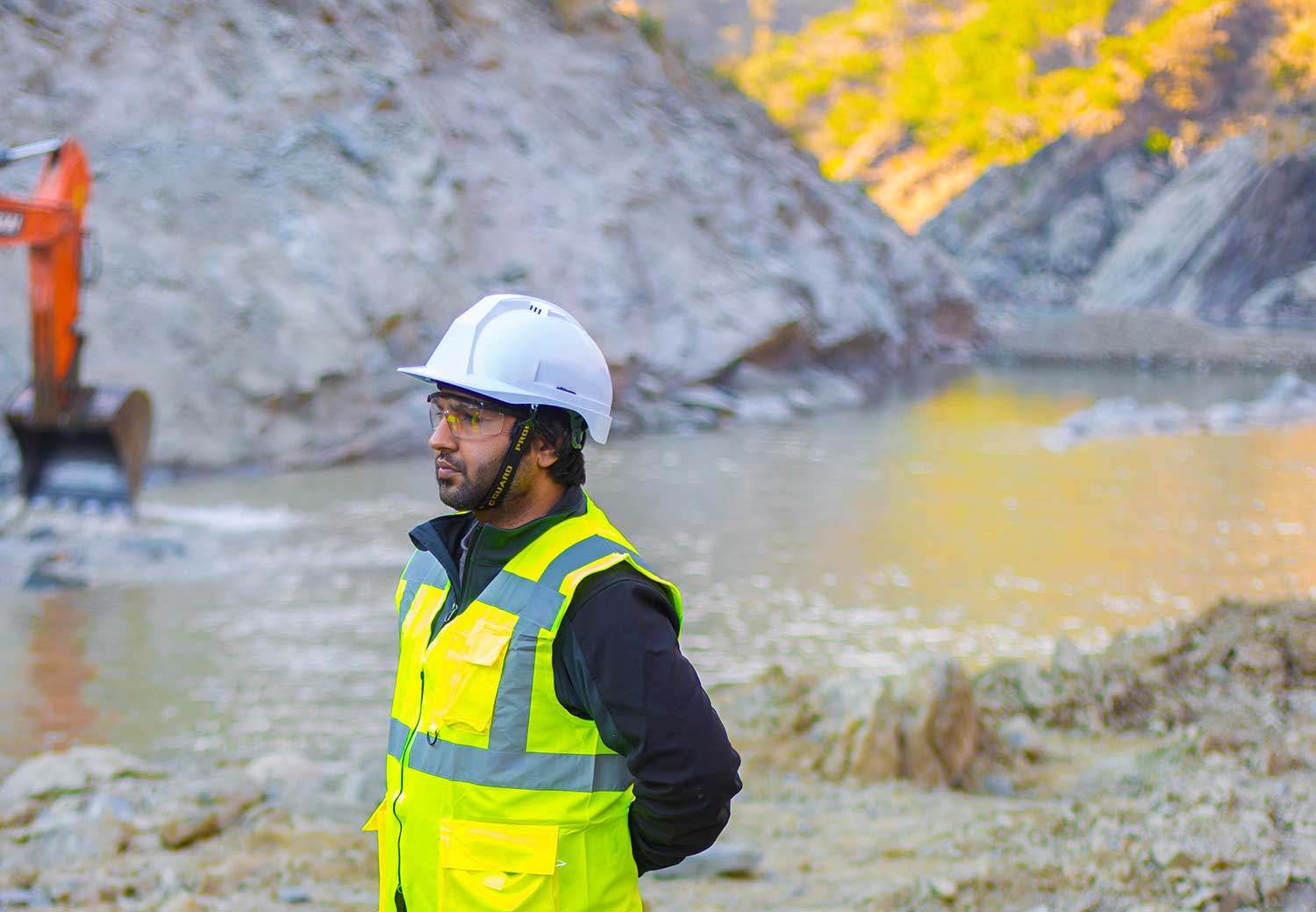OHSAS 18001 requirements

OHSAS 18001 requirements
The most important thing to know about the OHSAS 18001 requirements
The most important thing to note about OHSAS 18001 requirements in general and your safety management system is that the OHSAS 18001 requirements which have enabled you to meet the required occupational health and safety standard are becoming redundant as we speak.
In fact, the OHSAS 18001 transition deadline is fast approaching, with all companies wishing to maintain their H&S accreditations needing to transition from OHSAS 18001 to ISO 45001.
While the OHSAS 18001 used to be the gold standard for a number of large regions including the United States, it is being superseded by the more globally recognised and implemented ISO standards.
It may still be important for you to maintain your OHSAS 18001 standards before the final transition next year, and these requirements may still be a good and useful refresher for you to start assembling your ISO 45001 checklists.
If we do maintain OHSAS 18001, what are the requirements?
Understanding the OHSAS 18001 requirements isn't as important as it used to be, but it can still serve a valuable purpose for companies:
- Keeping their OHSAS 18001 certification until the final ISO transition window
- Referencing the OHSAS 18001 requirements to understand what needs to be changed or upgraded inline with the ISO
- Referencing the OHSAS 18001 to better understand the safety regulation and standard landscape and how it is developing over time
Here is the best source for the OHSAS 18001 requirements:
Why were the OHSAS 18001 requirements not good enough?
There is no single reason or instant trigger point for the change to occupational health and safety standards, in fact, there are multiple reasons or factors that likely pushed regulators, certifiers and companies in this direction:
- ISO 45001 standard countries were achieving better health and safety outcomes
- Countries operating to the ISO standard are audited more often, giving certifiers and stakeholders more insight, oversight and data on what is going on - and improving transparency amongst all parties
- The ISO requirements are more proactive than the OHSAS 18001 requirements, which better aligns with how we see safety in the workplace today
- Workers, companies, governments and families developed a higher expectation for workplace safety
- Tools and technologies which completely shifted how safety can be documented, managed, tracked and improved were developed and implemented on a global scale
These are just a few of the known factors. There are many more subtle factors which impact these regulatory and process shifts.
Although the ISO standard is deeply engrained and entrenched in global operations across health and safety, quality, environmental and more, the ISO will also need constant updating and will likely be superseded at some point in the future.
The global workplace is constantly changing. New technologies, new opinions, new ways to work, new societal standards and other pressures push and pull these standards in new directions.
The OHSAS 18001 requirements were originally published in 1999. The world and workplace was a very different place in 1999, in fact, modern technologies which are completely ubiquitous today like mobile phones and self-driving cars weren't even 'born'.
The OHSAS 18001 requirements served their purpose for many years, and now it's time to update those requirements and your own requirements inline with the next phase of work and the growing responsibility and expectation of zero harm.